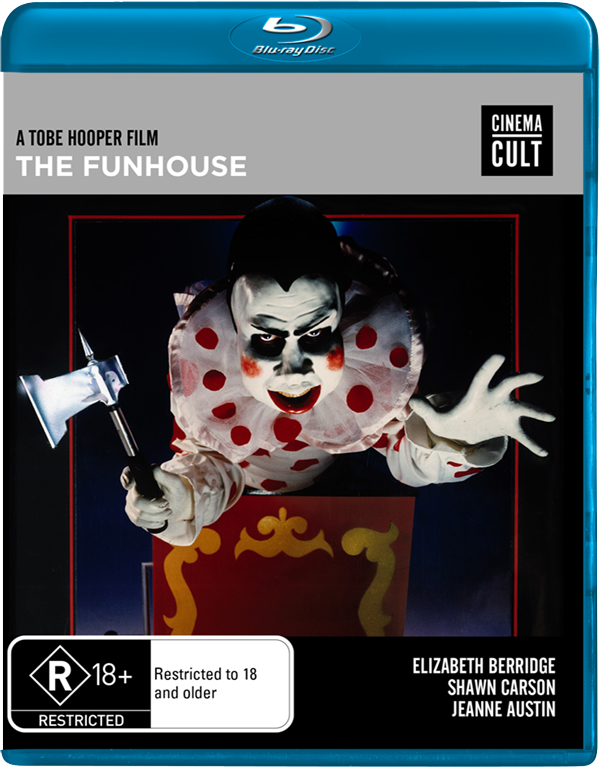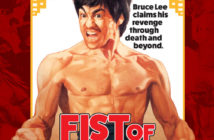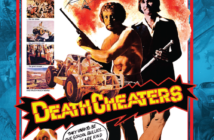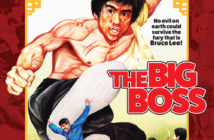Director Tobe Hooper could never outrun the one film that made him, The Texas Chainsaw Massacre. Its grimy backwoods brutality, terrifying soundtrack and unnervingly bleak atmosphere is still shocking some 44 years on.
And while he would go on to direct the likes of the truly bizarre killer alligator flick Eaten Alive, Poltergeist, and even Stephen King’s Salem’s Lot, he never truly mastered the move from grim wrongness to mainstream acceptance. The Funhouse is one such attempt. It’s his fourth film, made in 1981, sandwiched between Salem’s Lot and Poltergeist. It’s his take on a teen slasher flick, yet he seemingly can’t help but insert some truly disturbing (and memorable) moments, such as a gypsy fortune teller providing hand stimulation to Frankenstein’s monster for money. In another director’s hands (pardon the pun) this could have come across as camp or comedic, but Hooper plays it dark and uncomfortably seedy, a jarring jolt from pretty much everything that preceded it.
Hooper has always had a way with family dysfunction, and here the family are bloodthirsty carnies. There’s a certain relish in the manner in which he populates the film with outlandish oddball carnival caricatures, then sandwiches them between two headed cows, freakshows, girly shows, and the house of horrors. A perfect setting for a horror film.
He begins the film with a truly bizarre Psycho and Halloween homage involving our naked heroine in the shower, and a masked intruder with a knife. It’s quite disturbing, particularly when we discover the intruder is her brother, yet it signals an intent, as its simultaneously a loving homage and a post modern break with slasher norms. You also get the sense that this scene paved the way for Wes Craven’s self-referential Scream franchise – which admittedly handled the concept a little more evenly.
The Funhouse is tonally quite uneven, because it’s not sure what it is, much like Hooper himself – which is what makes it so fascinating and elevates it above standard slasher fare. Some of the decisions are odd, such as spending half the film developing the characterisation and motivations of the horny teenagers and our heroine’s family. So it’s not until the midway mark that they elect to hide out in the Funhouse ride overnight, and that’s when things get a little out of control.
Hooper appears to yearn for box office success, but can’t seem to escape his seedier, weirder or wronger proclivities that he embraced so heartily in Eaten Alive and Texas Chainsaw Massacre. So between teens making out and teens getting skewered, Hooper drops in numerous genuinely odd, unexpected moments that at times are jarring, others unnerving, yet always fascinating.
He approaches the murders with the set piece relish and macabre inventiveness of Dario Argento, though he also drops in a couple of incredible Sergio Leonesque crane shots, contrasting with the claustrophobia and fear inside the Funhouse. Its this uneasy often contradictory combination of a genuine love of cinema, with inexplicable oddness, and desire for commercial success, all within a slasher flick frame that makes The Funhouse so memorable. It’s Texas Chainsaw Massacre made by Hanna Barbera.




